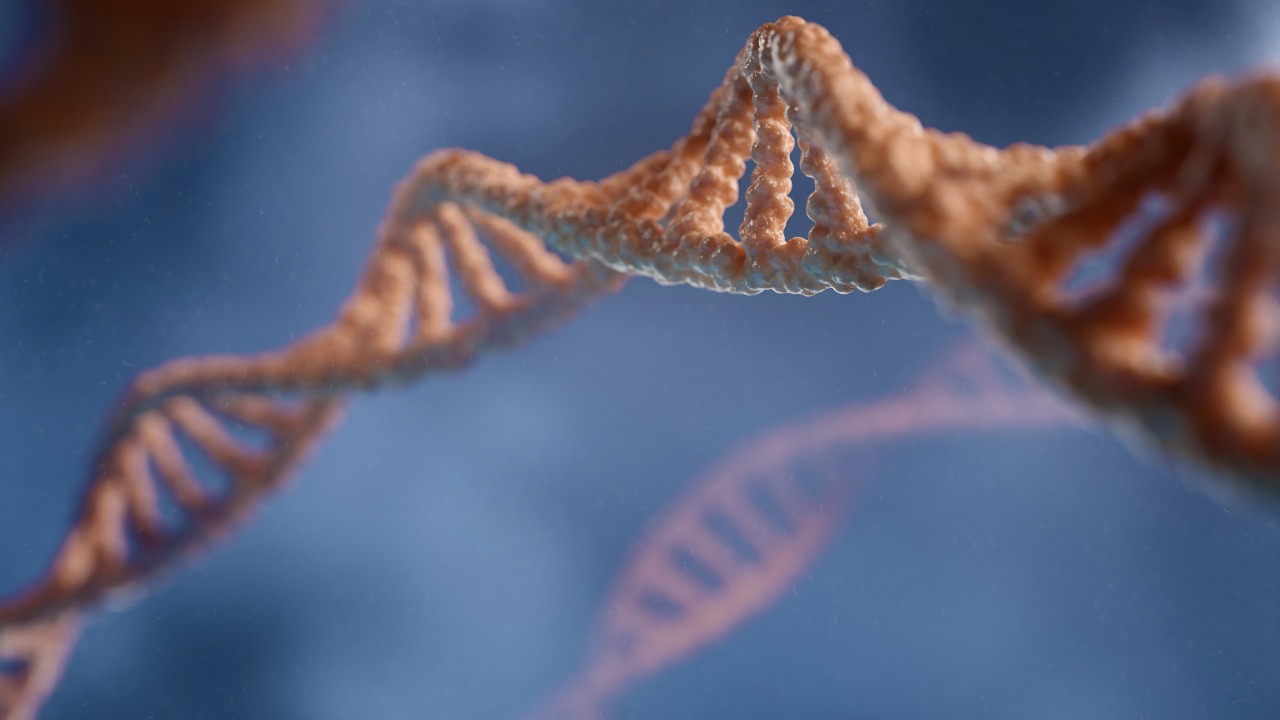
Reviving an ancient human gene that prevents gout and fatty liver disease, scientists at Georgia State University have marked a potential breakthrough in treating these metabolic conditions. Using CRISPR technology, the research team demonstrated the gene’s protective effects in lab models, promising a new approach to gout and fatty liver disease treatment.
The Burden of Gout and Fatty Liver Disease
Gout, a painful form of arthritis, is linked to high uric acid levels and joint inflammation, affecting millions of people worldwide. Similarly, fatty liver disease, a growing epidemic tied to obesity and metabolic syndrome, can progress to severe liver damage without effective interventions. These conditions share risk factors such as diet and genetics, which can exacerbate both diseases, highlighting the need for comprehensive treatment strategies.
Understanding the Ancient Gene
The ancient human gene, lost in modern evolution but present in ancestral populations, plays a crucial role in regulating uric acid metabolism to prevent gout. According to Georgia State University research, the gene also protects against fatty liver by influencing lipid processing in the liver. This gene was functional until a genetic shift around 15,000 years ago rendered it inactive in most humans today.
CRISPR Technology in Gene Revival
CRISPR, a precise gene-editing tool, allows for the reactivation of dormant DNA sequences. It was used to reintroduce the ancient gene without broadly altering the host genome. The mechanism of CRISPR-Cas9 targets and edits the specific genetic locus for the ancient gene, as applied in laboratory models by Georgia State scientists. Compared to traditional gene therapy, CRISPR offers higher accuracy and lower risk of off-target effects in reviving these evolutionary “fossil” genes.
The Georgia State Research Breakthrough
On August 26, 2025, Georgia State scientists revived the ancient gene using cell and animal models to test its effects. The results showed reduced uric acid buildup and improved liver function in treated models, directly linking to gout prevention. The study’s findings were initially shared in August 2025, with follow-up analysis in September 2025 reporting.
Potential Therapeutic Applications
Reintroducing the ancient gene could lead to new gout treatments by naturally lowering uric acid, as suggested in November 2025 coverage. For fatty liver disease, the gene’s revival might halt fat accumulation and inflammation in at-risk patients. Delivery methods, such as viral vectors for CRISPR, could bring the therapy to human trials targeting both conditions simultaneously.
Challenges in Clinical Translation
Despite the promising results, challenges remain in ensuring long-term gene expression stability post-CRISPR editing, as highlighted by ongoing research needs from Georgia State efforts. Ethical and regulatory issues in human gene editing, including safety trials required before approving ancient gene therapies, must also be addressed. Scalability challenges, such as cost and accessibility for widespread use in treating gout and fatty liver globally, are also significant considerations.
Future Directions and Broader Impact
Following the November 15, 2025 updates on the gene’s efficacy, the next steps include planning for human clinical trials. This work could inspire the revival of other ancient genes for metabolic diseases, extending beyond gout and fatty liver. The role of evolutionary biology in modern medicine is highlighted, with CRISPR reintroduction offering new hope for personalized treatments.
More from MorningOverview